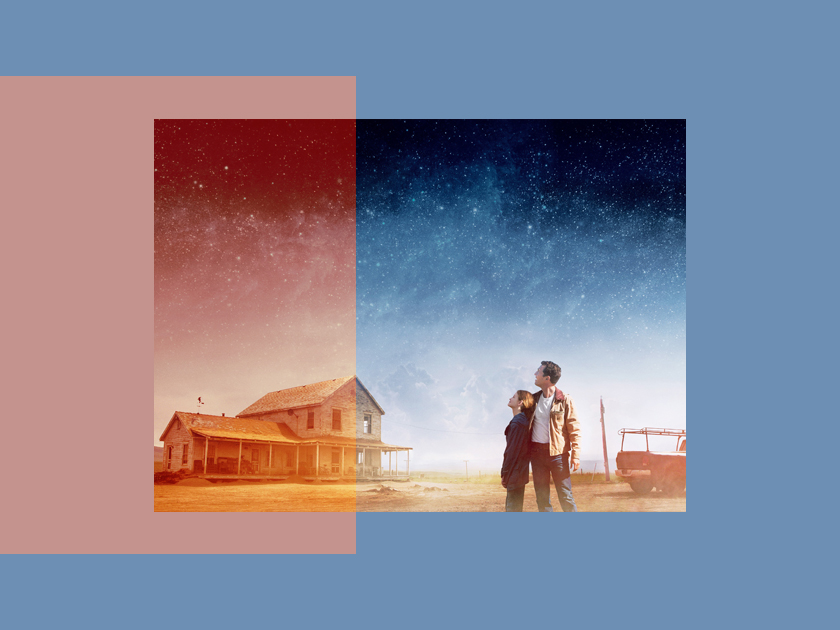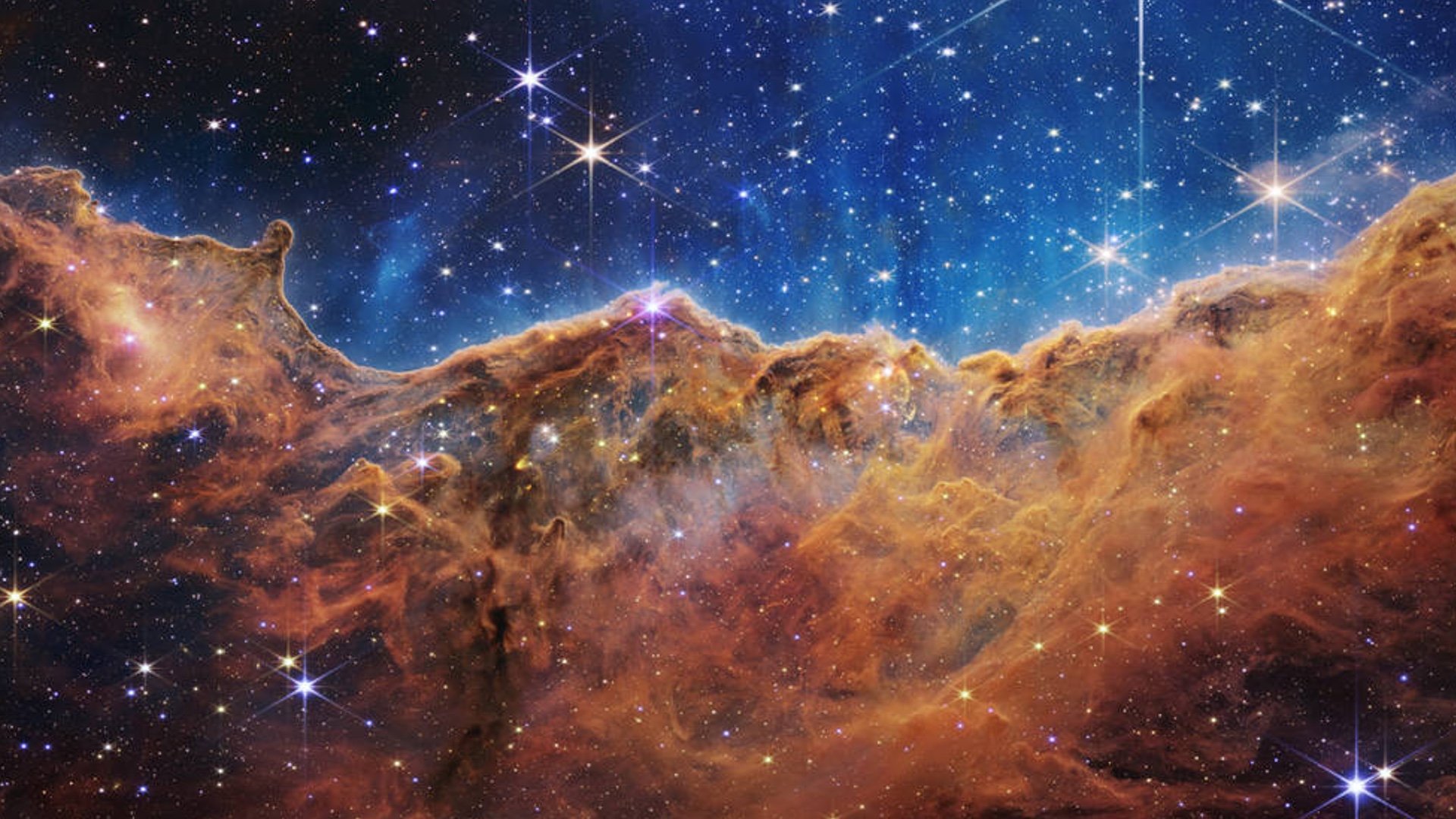
Holy shit! NASA has released the first stunning photos from deep space which were taken by the James Webb Space Telescope. They show galaxies billions of light years away and these images melt my brain into a nice pulp. I can’t even wrap my brain around this wonder. But it sure makes me feel like everything else in life is so insignificant. I haven’t been able to stop acting out these images since they were posted! It is beyond the beautiful.
The dawn of a new era for astronomy began when the world took a first look at the full capabilities of NASA’s James Webb Space Telescope, a partnership with ESA (European Space Agency) and CSA (Canadian Space Agency). The telescope’s first color images and spectroscopic data were released during a telecast at 10:30 EDT (14:30 UTC) on Tuesday, July 12, 2022 from NASA’s Goddard Space Flight Center in Greenbelt, Maryland. These targets listed below represent the first wave of color science images and spectra collected by the observatory and the official start of Webb’s general science operations. They were selected by an international committee of representatives from NASA, ESA, CSA and the Space Telescope Science Institute.
I’ve included the details NASA shared about each of the images, which you can see below:
Carina Nebula

This landscape of “mountains” and “valleys” dotted with twinkling stars is actually the boundary of a nearby, young star-forming region called NGC 3324 in the Carina Nebula. Captured in infrared light by NASA’s new James Webb Space Telescope, this image reveals previously invisible areas of star birth for the first time.
Called the cosmic cliffs, Webb’s seemingly three-dimensional image looks like craggy mountains on a moonlit evening. In fact, it is the edge of the giant gas cavity inside NGC 3324 and the tallest “peaks” in this image are about 7 light-years high. The cavernous area was carved out of the nebula by intense ultraviolet radiation and stellar winds from extremely massive, hot young stars located in the center of the bubble above the area shown in this image.
Stefano’s Quintet
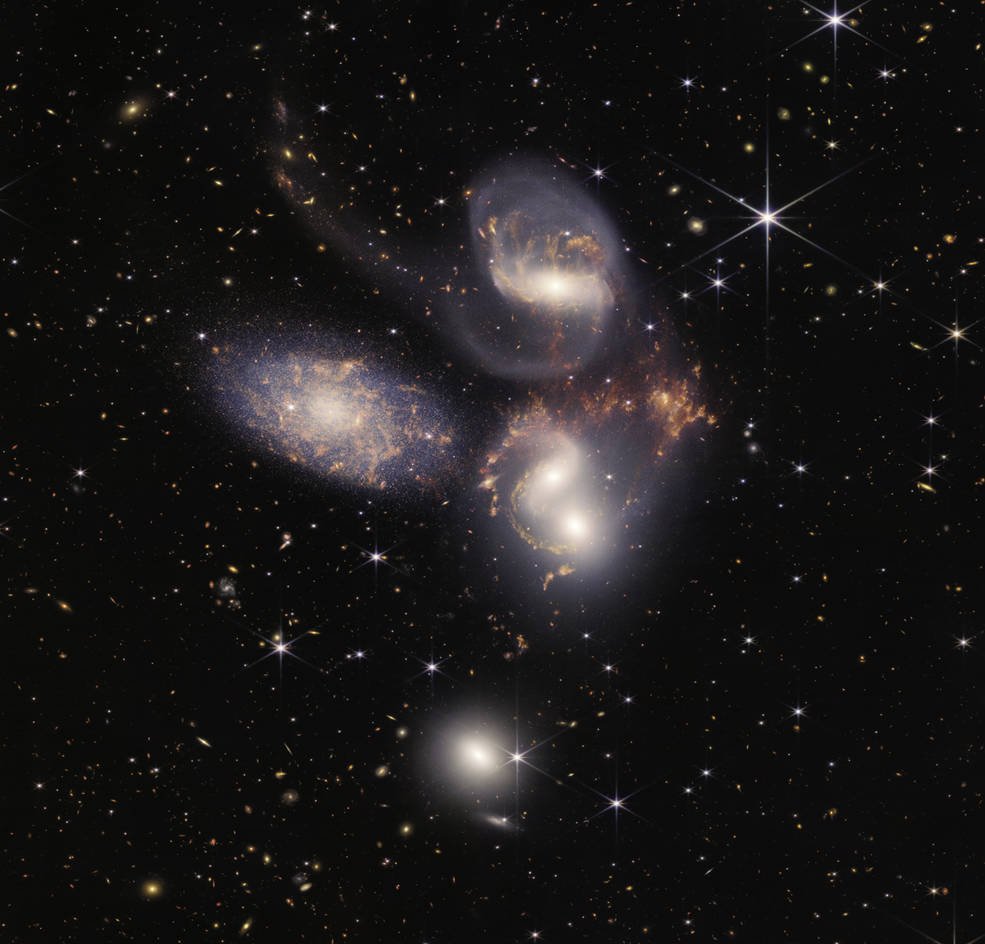
Stephan’s Quintet, a visual grouping of five galaxies, is best known for starring in the holiday classic, “It’s a Wonderful Life.” Today, NASA’s James Webb Space Telescope reveals Stephan’s Quintet in a new light. This huge mosaic is Webb’s largest image to date, covering about a fifth of the Moon’s diameter. It contains over 150 million pixels and is made up of nearly 1,000 separate image files. Webb’s information provides new insight into how galactic interactions may have driven the evolution of galaxies in the early universe.
With its powerful infrared vision and extremely high spatial resolution, Webb displays details never before seen in this group of galaxies. Glittering clusters of millions of young stars and stellar regions of new star births grace the image. The large tails of gas, dust and stars are being pulled out of many of the galaxies due to gravitational interactions. More dramatically, Webb captures massive shock waves as one of the galaxies, NGC 7318B, crashes through the cluster.
Southern ring nebula
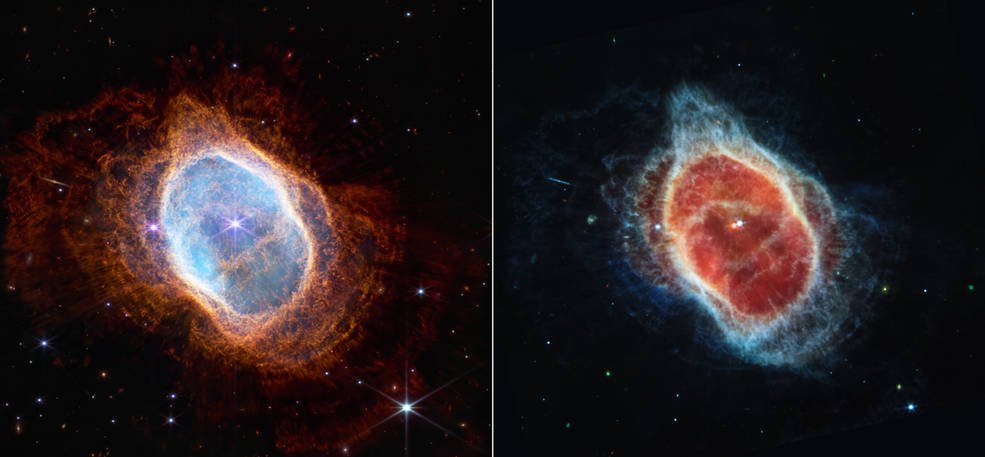
Some stars save the best for last.
The dimmer star in the center of this scene has been emitting rings of gas and dust for thousands of years in all directions, and NASA’s James Webb Space Telescope revealed for the first time that this star is cloaked in dust.
Two cameras aboard Webb captured the latest image of this planetary nebula, cataloged as NGC 3132 and informally known as the Southern Ring Nebula. It is about 2,500 light years away.
Webb will allow astronomers to delve into far more detail about planetary nebulae like this one: clouds of gas and dust ejected from dying stars. Understanding which molecules are present and where they are found in the shells of gas and dust will help researchers sharpen their knowledge of these objects.
SMAC 0723

NASA’s James Webb Space Telescope has produced the deepest and sharpest infrared image of the distant universe to date. Known as Webb’s first deep field, this image of the SMACS 0723 galaxy cluster is rich in detail.
Thousands of galaxies, including the faintest objects ever observed in infrared, appeared for the first time at Webb’s sight. This slice of the vast universe covers a portion of the sky roughly the size of a grain of sand held at arm’s length from someone on the ground.
NASA’s James Webb Space Telescope has captured the signature water signature, along with evidence of cloud and haze, in the atmosphere surrounding a hot, bloated gas giant planet orbiting a distant Sun-like star.
VESPA 96 b
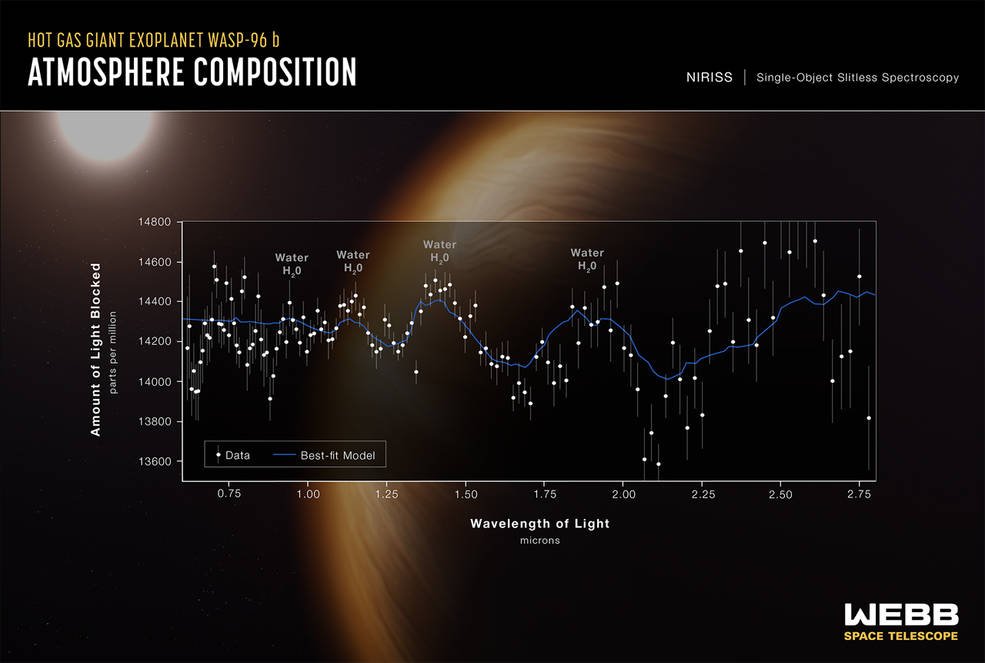
The observation, which reveals the presence of specific gas molecules based on tiny decreases in the brightness of precise colors of light, is the most detailed of its kind to date, demonstrating Webb’s unprecedented ability to analyze atmospheres hundreds of miles away. light years.
While the Hubble Space Telescope has analyzed numerous atmospheres of exoplanets over the past two decades, capturing the first clear detection of water in 2013, Webb’s immediate and more detailed observation marks a giant leap forward in research to characterize potentially habitable planets beyond the earth.
by Joey Paur
Source: Geek Tyrant




